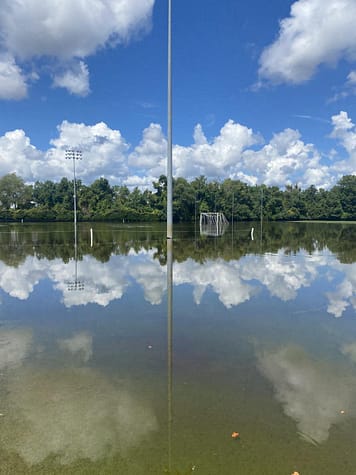Time to spring forward into Daylight Saving Time

On Sunday, March 14, right after the start of spring break, Americans all across the country will be turning their clocks forward one hour ending the current half year of Daylight Standard Time, and starting the half year of Daylight Saving Time. This will mean that, upon our return from the holiday, we will need to go to bed and get up an hour earlier to be rested and get to school on time.
Daylight Saving Time is based on older cultures’ tendency to rise, and record the time, starting when the sun came up in the morning. For example, the “second hour” in Rome was the second hour after the sun came up. An accurate twenty-four hour clock does not record time like this because the sun comes up at different times in different seasons. In winter the sun comes up around 7:15, while in the summer, the sun comes up closer to 5:30.
The United States first adopted Daylight Saving Time in 1918, to conserve coal during World War I, and has kept the practice ever since. The idea was that people would burn more coal at night than they would during the day. We kept the practice after the war because not only do we use less coal during daytime, we are also more efficient at school and work. Much of the world instituted Daylight Saving Time during World War II for similar energy shortages. The practice has been slowly phased out in much of the world ever since. Most of Arizona, for instance, no longer uses daylight saving, saying that it costs more for everyone to change their schedule twice a year than would be saved by changing the times that people are awake.
Right now, we do still use Daylight Saving Time, so over spring break, make sure to move your clock forward an hour and get plenty of rest to finish the final quarter out strong.











